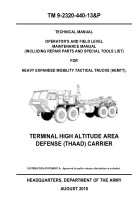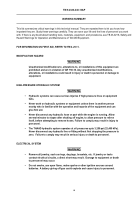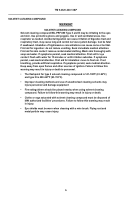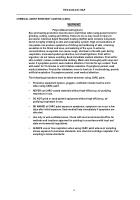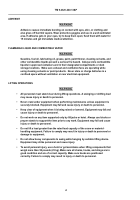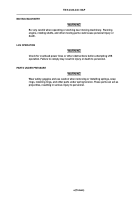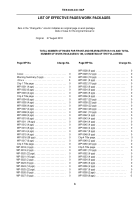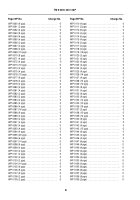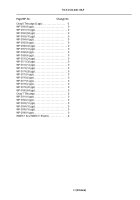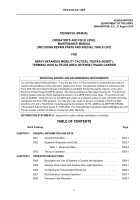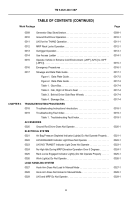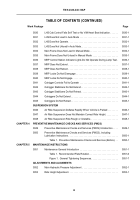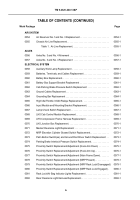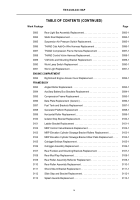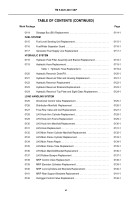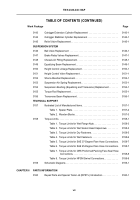TM-9-2320-440-13-P - Page 3 of 1616
TM 9-2320-440-13&P
a
WARNING SUMMARY
This list summarizes critical warnings in this technical manual. They are repeated here to let you know how
important they are. Study these warnings carefully. They can save your life and the lives of personnel you work
with. If there is any doubt about handling tools, materials, equipment, and procedures, see TB 43-0216, Safety and
Hazard Warnings for Operation and Maintenance of TACOM Equipment.
FOR INFORMATION ON FIRST AID, REFER TO FM 4-25.11.
MODIFICATION HAZARD
WARNING
Unauthorized modifications to, alterations to, or installations of this equipment are
prohibited and are in violation of AR 750-10. Any unauthorized modifications,
alterations, or installations could result in injury or death to personnel or damage to
equipment.
HIGH-PRESSURE HYDRAULIC SYSTEM
WARNING
•
Hydraulic systems can cause serious injuries if high-pressure lines or equipment
fails.
•
Never work on hydraulic systems or equipment unless there is another person
nearby who is familiar with the operation and hazards of the equipment and can
give first aid.
•
Never disconnect any hydraulic hose or part while the engine is running. Allow
several minutes to elapse after shutting off engine, to allow pressure to relieve
itself, before attempting to remove hoses. Failure to comply may result in injury to
personnel.
•
The THAAD hydraulic system operates at oil pressures up to 3,250 psi (22,409 kPa).
Never disconnect any hydraulic line or fitting without first dropping the pressure to
zero.
Failure to comply may result in serious injury or death to personnel.
ELECTRICAL SYSTEM
WARNING
•
Remove all jewelry, such as rings, dog tags, bracelets, etc.
If jewelry or tools
contact electrical circuits, a direct short may result.
Damage to equipment or death
to personnel may occur.
•
Do not smoke, use open flame, make sparks or other ignition sources around
batteries. A battery giving off gas could explode and cause injury to personnel.
Back to Top

